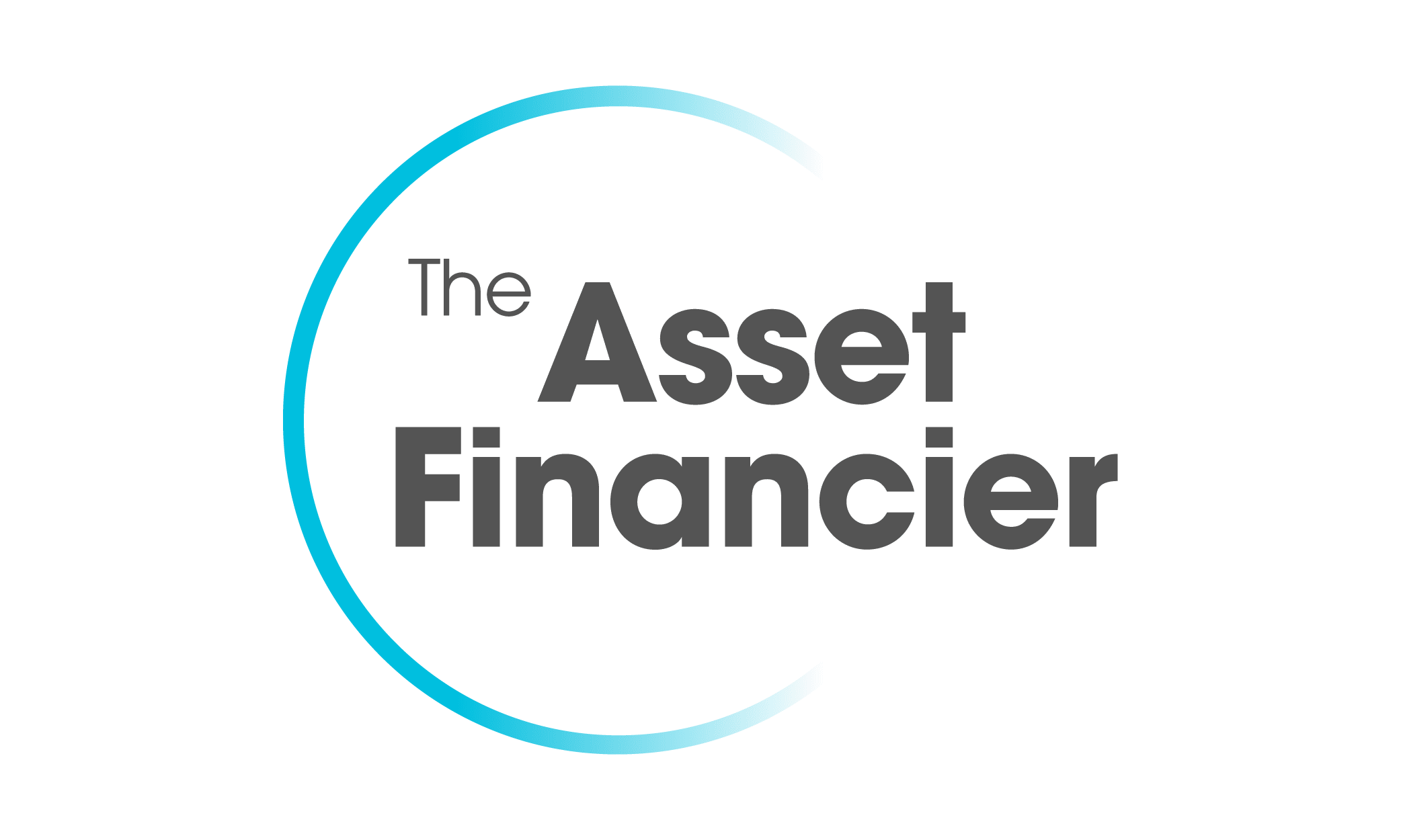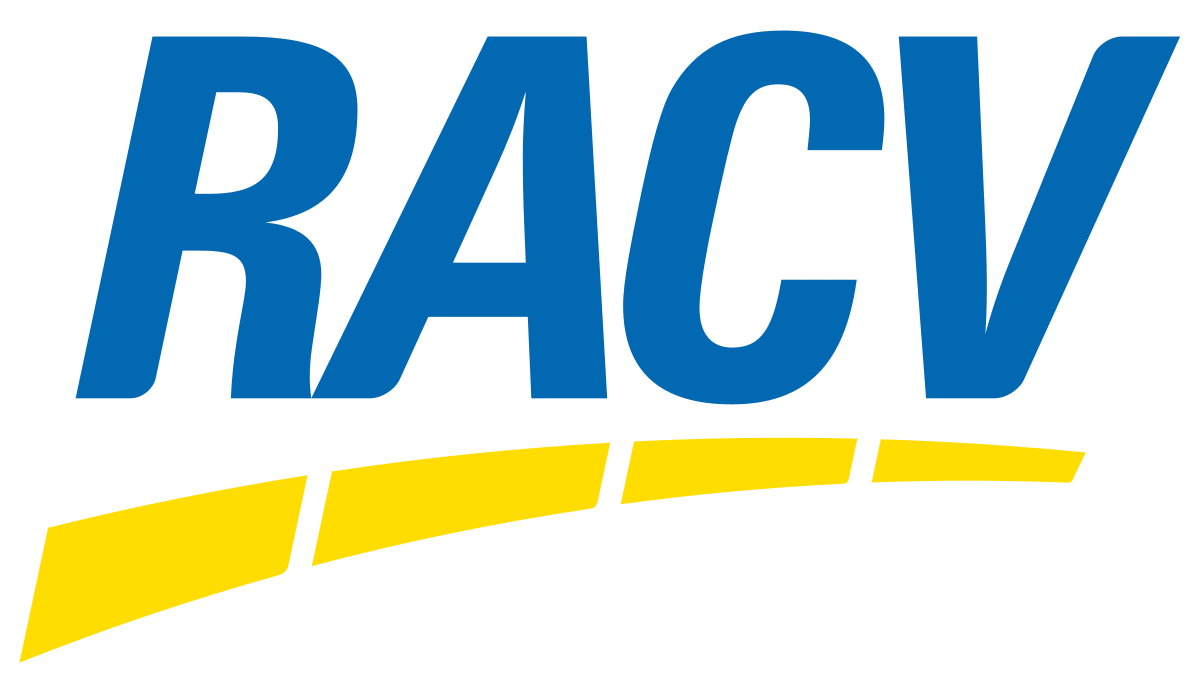Negative equity – sometimes called being upside down on your loan – happens when your car is worth less than the amount you still owe on it. This can leave you out of pocket if you want to sell, trade in or refinance your car before the loan is paid off. In this guide, we’ll break down how negative equity can impact your finance options and what steps you can take if you find yourself in this position.
How does negative equity happen on a car loan?
Negative equity typically happens in the early stages of a car loan, particularly if you’ve purchased a brand-new vehicle. Cars begin to depreciate the moment they’re driven off the lot, with new models often losing 20–30% of their value within the first year. For example, a car purchased new for $40,000 may be worth only $28,000 after 12 months. If you've only made modest repayments during this time, you could already owe more than the car is worth.
Some loan features can make this worse:
- Balloon payments: these lower your monthly repayments but delay your progress on paying down the principal, leaving a larger amount owing at the end of the term, hence the name balloon payment.
- Zero-deposit loans: you are not typically required to put down a deposit for a car loan but an upfront contribution can lower your repayments and provide an equity buffer.
- Long-term loans with higher interest rates: spreading the cost can slow your equity growth, as more of your early repayments go toward paying interest.
Market factors can also play a role. If used car values drop due to oversupply, shifting buyer demand or broader economic trends, your car’s resale value could fall faster than anticipated, widening the equity gap.
When does negative equity matter?
Negative equity isn’t always a problem, at least not while you're still using and repaying the car loan as agreed. If you’re happy with your vehicle and plan to keep it long term, being in negative equity may have little impact. As long as you continue making repayments, your equity position should improve over time.
However, it becomes a concern if you decide to sell or trade in your vehicle. If the sale price or trade-in value of your car isn’t enough to cover what you owe, you’ll be left with residual debt – the remaining loan balance that’s not paid off by the sale proceeds. For example, if your car is worth $18,000 but you still owe $23,000, you’ll need to come up with the $5,000 shortfall out of pocket.
Understanding your equity position not only helps you avoid unwanted financial surprises, but also ensures you're better prepared when it’s time to make your next move.
What you can do if you have negative equity on your car?
If you’re facing negative equity on your car loan, you still have a few options to manage the situation:
- Hold onto the car for longer: if possible, keep the car and continue making repayments. Depreciation slows as a vehicle ages, so the longer you hold onto it, the more likely your loan balance will catch up to – or drop below – its market value.
- Make extra repayments: boosting your monthly repayments can help reduce the loan principal faster. Check with your lender first, as some fixed-rate car loans charge early repayment fees. Even so, the savings on interest and the equity gain may be worth it.
- Pay off the shortfall: if you're trading in a car and owe more than it's worth, using savings to cover the shortfall is often cheaper than rolling the debt into a new loan. For instance, if your loan balance is $20,000 but the car is worth $15,000, paying the $5,000 difference upfront lets you start fresh.
- Sell the car privately: private sales usually offer higher prices than dealer trade-ins, which could reduce or eliminate your negative equity. This option works best if the car is in good condition and well-maintained.
Can I refinance my car loan with negative equity?
You may be able to refinance your car loan if you have negative equity – although it may be more difficult.
Refinancing essentially means replacing your existing loan with a new one, ideally with a lower interest rate or longer term to reduce your monthly commitments. However, if you're in negative equity, lenders may be cautious, as the loan amount needed will exceed the value of the car – something most aren’t keen on. They may also perceive you as a higher risk borrower. Because of this, your refinancing options may be more limited and come with higher rates or stricter conditions.
Still, some lenders are open to working with borrowers in this situation. Through Savvy, you can compare car loan refinancing options from a wide panel of lenders, including those more flexible with negative equity, and explore available deals that may suit your circumstances.
Tips for avoiding negative equity on your car loan
-
Use a deposit if you can afford one
The more you borrow, the greater your risk of negative equity, especially if you plan to upgrade cars every few years. Using a deposit, ideally 20% or more, gives you a head start by building in some equity from day one.
-
Pay it off quicker
If your budget allows, opt for a shorter loan with higher repayments. You'll pay down the principal faster, reduce the interest you pay overall and build equity more quickly.
-
Don't overspend
Spending more than you can afford puts you at risk of negative car loan equity. You'll generally have longer loan terms and higher interest, meaning you’ll pay off less of the loan during the crucial first couple of years. Choose a car that fits your financial situation now, not just your wish list.
-
Consider a used car
You can bypass a lot of depreciation issues by buying a late-model used vehicle. A two-year-old car, for example, will both be cheaper and have much of that depreciation already absorbed.
-
Compare car loan interest rates
Car loan rates and fees vary significantly between lenders. Comparing offers can help you find a lower rate. Paying less interest means you’ll reduce your loan balance faster and hold onto more equity as your car ages.


























